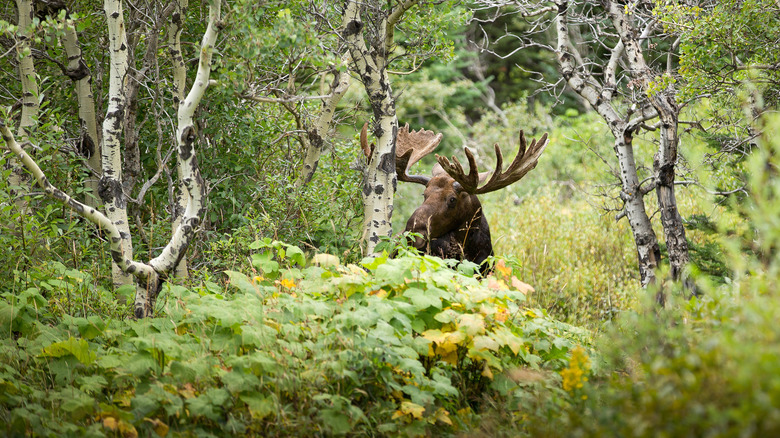Physical Address
Suite 5, 181 High Street,
Willoughby North NSW 2068
Physical Address
Suite 5, 181 High Street,
Willoughby North NSW 2068

An ecosystem is composed of two main components: biotic and abiotic factors. Biotic factors are the living parts of the ecosystem, such as plants, animals, insects, fungi and bacteria. Abiotic factors are the non-living parts of the ecosystem, which influence the size and composition of the living parts: these are components like minerals, light, heat, rocks and water.
The most obvious features of any forest ecosystem are its trees, the dominant biotic feature. They dominate the ecosystem: both in terms of visibility and in terms of biomass. However, they are only one type of organism living in a forest. Other biotic factors include:
• shrubs• flowering plants• ferns• mosses• lichens• fungi• mammals• birds• reptiles• insects• worms• microbes
The most important abiotic feature of a forest ecosystem may not be obvious, despite its ubiquity and importance: sunlight. Tangible abiotic factors include soil, minerals, rocks and water. But abiotic factors can be intangible, such as temperature, other types of radiation and the chemistry of soil and water.
Ecologists frequently group an ecosystem’s factors by what role they play in the system, rather than by what particular species they are. This is known as functional classification.
These functions relate to the movement of energy through an ecosystem, and trees — along with other photosynthetic plants — are the chief primary producers. This means that trees convert the sun’s energy into food energy, which is then used by other members of the ecosystem.
These other members of the ecosystem can also be categorized. Primary consumers are, for example, herbivores that eat the primary producers. Secondary consumers are the carnivores and omnivores that eat the primary producers. Decomposers are the scavengers, microbes and fungi that consume the droppings and the carcasses of other organisms.
The abiotic factors of a forest fall less obviously into functional classifications, but keep in mind that the energy transferred among the various biotic categories is itself a foundational abiotic element. This energy occurs in the form of solar radiation, which includes both visible light and heat (infrared).
Primary producers (plants like trees and shrubs) convert the light into carbohydrates, a form of energy that can be consumed by other organisms. The function of other abiotic factors relies on the minerals they contain, such as the nitrogen in the soil or the hydrogen in water molecules.